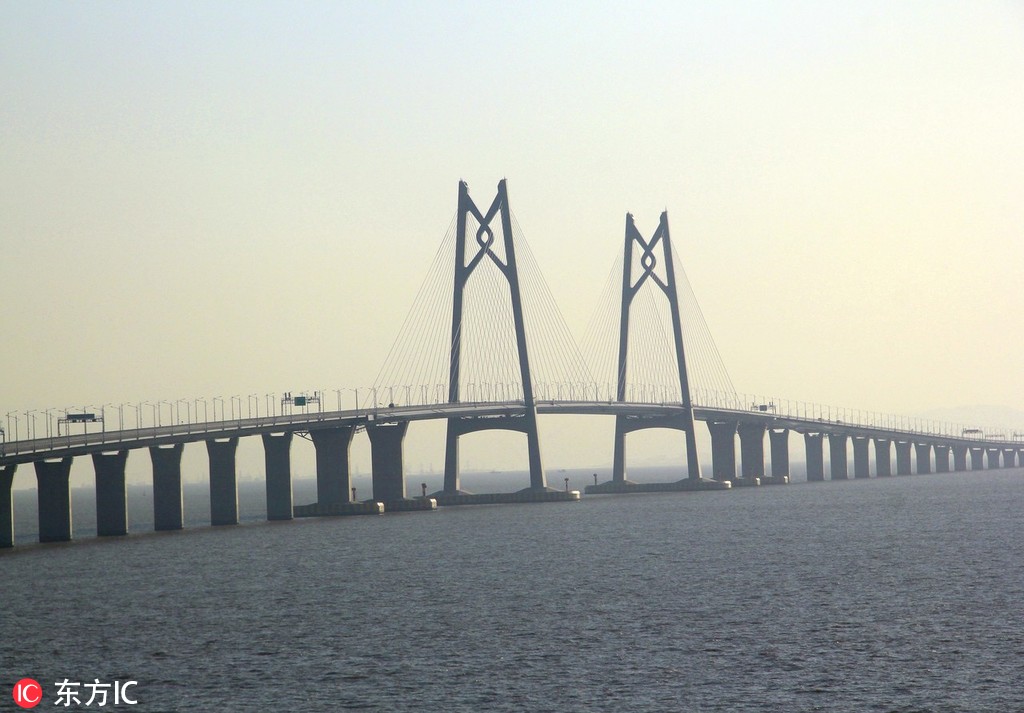Greater Bay Area progresses from concept to policy
China Daily | Updated: 2019-02-20 07:31

Editor's note: China published its master plan of the development of the Guangdong-Hong Kong-Macao Greater Bay Area on Monday. Zheng Yongnian, a researcher in East Asia studies at the National University of Singapore, in an interview with Xiakedao, a WeChat account owned by People's Daily, commented:
That it takes several years to translate the Greater Bay Area from a concept to a plan shows that the central authorities attach great significance to it and are adopting a prudent approach so that it is pertinent to the practical needs of the 11 cities involved.
That the central authorities have participated in the drafting and future implementation of the master plan will help coordinate the actions. Compared with the Beijing-Tianjin-Hebei Coordinated Development, it is more difficult to synergize the moves of Guangdong, Hong Kong and Macao, as the two special administrative regions although being part of one country have different systems. It is similar to the challenge of integrating Europe. For instance, currently there are three separate customs zones in the Greater Bay Area.
Despite the rosy figures-the gross domestic product of the Greater Bay Area was about $1.5 trillion last year, about the same as that of Australia-there are many pressing challenges that need addressing. Guangdong needs to upgrade its industries and transform its growth model, Hong Kong has encountered a development bottleneck, as almost all its manufacturing has relocated to the Pearl River Delta, and Macao desperately needs to diversify its economic and industrial structures.
Talent, capital, technologies and other economic factors should be allowed to flow comparatively freely among the three parties, like they do within the European Union, so the three localities can draw on each other's advantages. Many institutional barriers will need to be removed to that end.
The Greater Bay Area should divert more attention from boosting GDP growth, to sharpening its economic, industrial and institutional competitiveness so as to become a platform, just like the Silicon Valley to the United States, to attract global resources and leverage them to raise China's national power.























